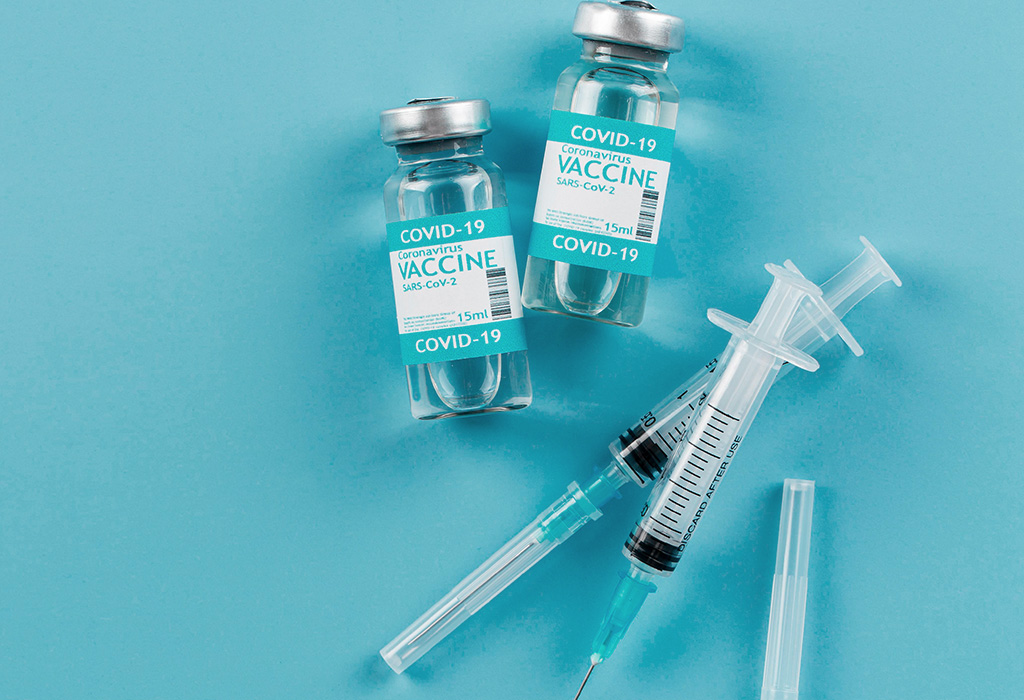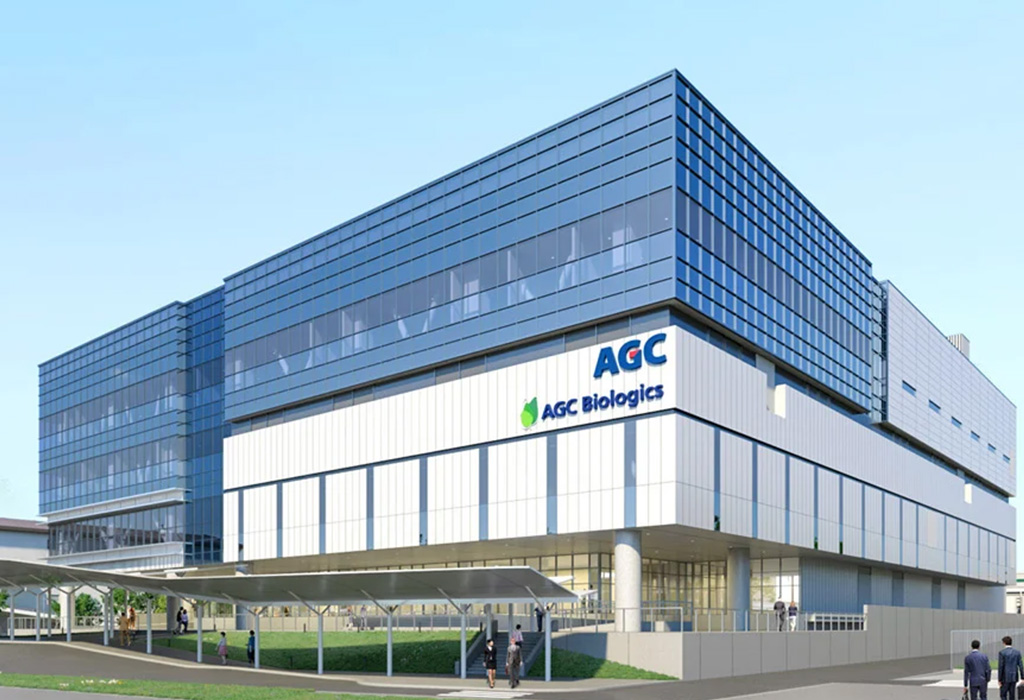In a historic medical milestone, Kendric Cromer, a 12-year-old Black patient from the suburbs of Washington, D.C., has become the first individual to undergo a groundbreaking gene therapy treatment for sickle cell disease (SCD). This revolutionary procedure, administered by Bluebird at the Children’s National Hospital in Washington, marks a significant step forward in the fight against this debilitating genetic blood disorder.
Sickle cell disease, characterized by abnormal hemoglobin that causes red blood cells to become rigid and sickle-shaped, disproportionately affects Black individuals, particularly those of African descent. The condition can lead to excruciating pain, organ damage, and other severe complications, significantly impacting the quality of life for those affected.
The gene therapy process involves the extraction of bone marrow stem cells from the patient, which are then genetically modified in a specialized laboratory. Bluebird, one of two companies authorized by the Food and Drug Administration (FDA) for this innovative treatment, is at the forefront of this groundbreaking procedure. Technicians at Bluebird’s laboratory in Allendale, New Jersey, infuse the modified cells with healthy hemoglobin genes to replace the mutated ones responsible for SCD.
Although this treatment offers hope for millions of individuals living with sickle cell disease, the road to widespread accessibility is still long. The process, which requires months to complete, involves meticulous procedures to ensure the purity, potency, and safety of the modified cells. Additionally, the high cost of the treatment poses a significant barrier to accessibility, with Bluebird’s gene therapy priced at $3.1 million, making it one of the most expensive medical interventions available.
Moreover, the limited capacity of Bluebird’s gene therapy program means that only a fraction of patients can benefit from this groundbreaking treatment each year. With the company capable of treating approximately 85 to 105 patients annually, efforts to scale up production and reduce costs are imperative to broaden access to this life-changing therapy.
Despite these challenges, the successful administration of gene therapy to Kendric Cromer represents a beacon of hope for individuals and families affected by sickle cell disease worldwide. As research and technology continue to advance, there is optimism that innovative treatments like this one will become more accessible and affordable, offering renewed hope for a future free from the burden of SCD.
Join us on September 10th and 11th, 2024, at the SUNTEC Singapore Convention & Exhibition Centre for the 8th edition of Cell and Gene Therapy World Asia, Asia’s premier gathering for cell and gene therapy innovation. This event serves as a vital meeting platform for the rapidly advancing cell and gene therapy industry in Asia, fostering new partnerships, sharing ideas, and exchanging knowledge. Concurrently, Cyrogenic Logistics World Asia 2024 will convene leaders and pioneers from R&D, manufacturing, and logistics in the vaccines, ADCs, RNA therapeutics, and cell and gene therapy sectors across the APAC region. Gain valuable insights into quality assurance, regulatory compliance, cryogenic processes, and cold chain transport advancements, shaping the future of biomanufacturing and healthcare. Find out more at: https://imapac.com/events/cell-and-gene-therapy-asia/
Source: https://newsone.com/5209862/sickle-cell-therapy-kendric-cromer/





